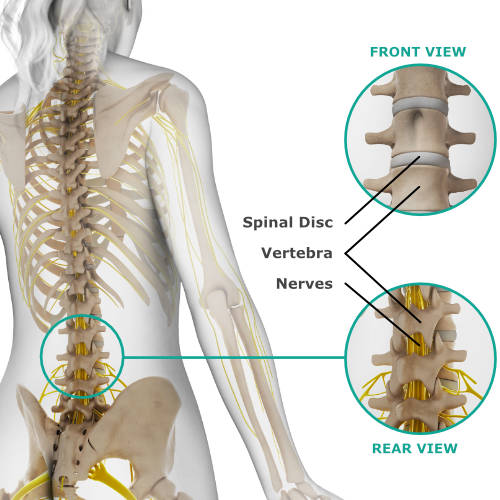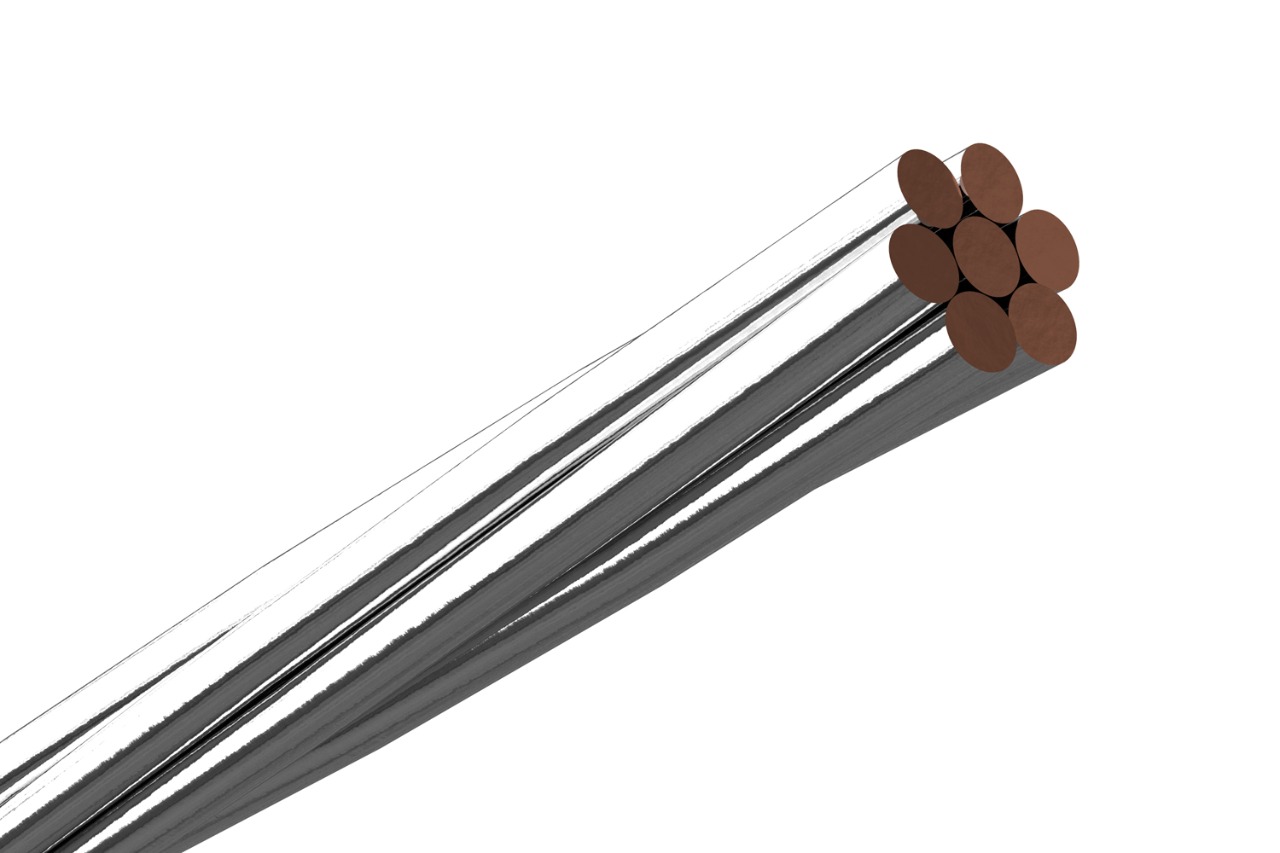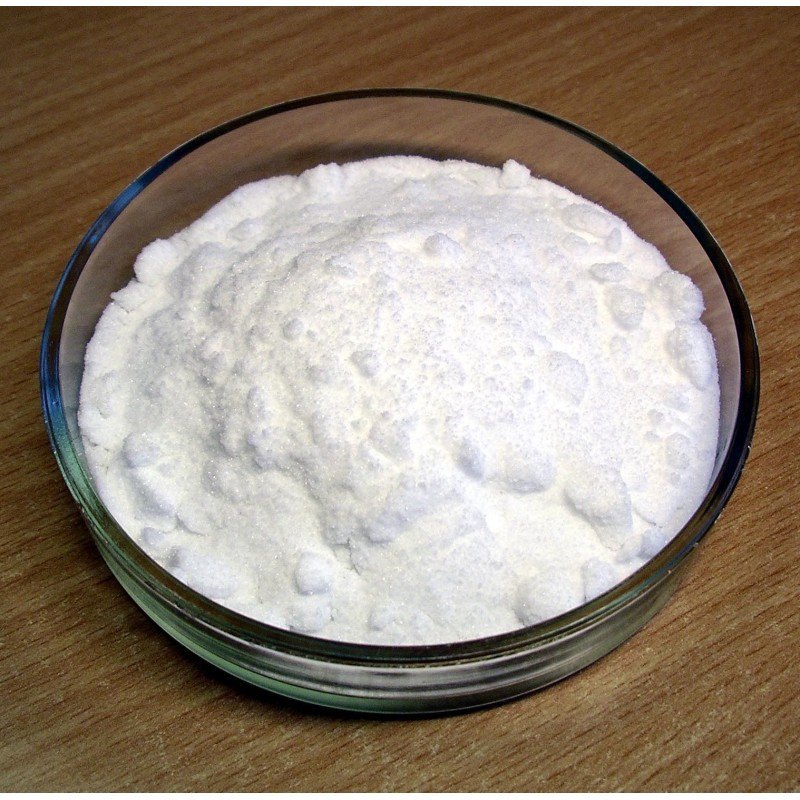
Lower Back Pain: What is, Causes & Best Treatment
- Nov 25, 2023
- | 46
What is Lower Back Pain (Definition)?
A frequent health issue, lower back pain is defined as discomfort or pain in the lumbar region of the spine, which is located between the rib cage and the hips. It can be brought on by a number of things and vary in severity from little discomfort to excruciating agony. Osteoarthritis, scoliosis, spinal stenosis, herniated discs, sprains and strains of the muscles and ligaments, and pregnancy One of the main causes of impairment and a major factor in a person's reduced quality of life is lower back pain.What Are Lower Back Pain's Primary Causes?
Lower back discomfort can be caused by several factors, such as: Ligament sprains and muscular strains Cause: Lifting large things, twisting, or making abrupt movements that strain the lower back's muscles or ligaments are the most frequent causes of lower back discomfort. Disc herniation Cause: This happens when the discs that act as cushions between the vertebrae in the spine burst or protrude abnormally, applying pressure on the spinal nerves. Cause of spinal stenosis: This condition is characterized by a narrowing of the spinal canal, which can put pressure on the spine's nerves and result in lower back discomfort. Cause of Osteoarthritis: Osteoarthritis is a degenerative joint condition that can cause pain and stiffness in the lower back joints. Cause: Pregnancy: The body changes during pregnancy, which can cause pressure and pain in the lower back. Spinal fractures, tumors, and infections are some more reasons of lower back discomfort.What Signs of Lower Back Pain Are There?
Depending on the underlying reason, lower back pain symptoms can vary and include:- Lower back pain can vary in intensity, from a subtle aching to a strong stabbing pain.
- Radiating pain to other body parts: The feet, legs, or hips may be affected.
- Lower back stiffness might make it challenging to move or stand up straight.
- Lower back or leg numbness or tingling might indicate nerve compression.
- Leg or lower back weakness: This might potentially be an indication of nerve compression.
- Reduced range of motion: This might make carrying out regular tasks challenging.
Which treatments are most effective for it?
The underlying cause of lower back pain determines the most effective course of treatment. These are a few typical therapy choices: Medication: Non-steroidal anti-inflammatory medicines (NSAIDs) or over-the-counter pain killers like Aspadol 100mg?? &?? Aspadol Er 200mg ?or none at all can aid with pain and inflammation reduction. In some circumstances, prescription drugs such as opioids or muscle relaxants like Pain O Soma 350 mg, Prosoma 500 mg, or Pain O Soma 350 mg may also be given. Physical therapy: A physical therapist can offer stretches and exercises to assist strengthen, increase flexibility, and reduce discomfort in the lower back muscles. Surgery: When conservative measures have failed and a structural problem, such as a herniated disc or spinal stenosis, exists, surgery may be advised. Chiropractic care: Manual manipulation is a technique used by chiropractors to enhance spinal alignment and treat pain. Acupuncture: In order to reduce pain and encourage healing, acupuncture involves putting tiny needles into particular body locations. Lifestyle modifications: Changing one's diet, exercising often, maintaining excellent posture, and employing safe lifting practices are all effective ways to prevent and treat lower back discomfort.How can I tell whether the discomfort in my lower back is severe?
You should seek medical assistance if your lower back discomfort is severe, persists for more than a few days, is accompanied by other symptoms like fever or problems urinating, or interferes with your ability to carry out everyday tasks.How can I get rid of my lower back pain?
The following are some methods for reducing lower back pain:- Put heat or ice on the injured region.
- Use over-the-counter analgesics like ibuprofen or acetaminophen.
- To assist release tension in the lower back muscles, try these mild stretches or exercises.
- Maintain proper posture whether standing or seated.
- Make use of safe lifting methods.





